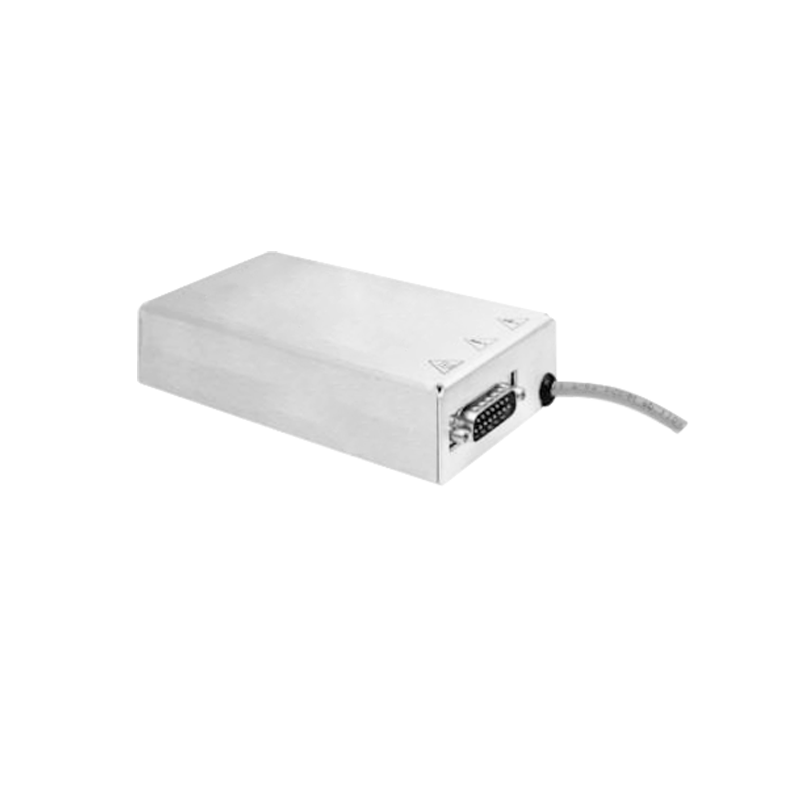Improvement of Elemental Analysis Accuracy for X-ray Analysis Power Supplies
In elemental analysis technologies such as X-ray fluorescence (XRF) and X-ray diffraction (XRD), high-voltage power supplies, as the core driving components of X-ray tubes, their output characteristics directly determine the accuracy and detection limit of elemental analysis. Traditional X-ray analysis power supplies have problems such as large output voltage ripple and insufficient current stability, which easily lead to fluctuations in X-ray intensity, thereby affecting the accuracy of elemental characteristic peak identification and quantitative analysis errors.
To improve accuracy, the power supply design needs to be optimized from three aspects: first, adopt a high-precision closed-loop feedback control system, through dual-channel sampling of voltage and current and digital PID regulation, control the output voltage ripple within 0.01% and increase the current stability to ±0.05%, reducing the instantaneous fluctuation of X-ray intensity; second, introduce a low-noise power conversion topology, use high-frequency silicon carbide (SiC) devices instead of traditional silicon devices, reduce the interference of switching noise on the X-ray tube excitation process, and reduce the X-ray intensity noise level by 15%-20%; third, add an environmental adaptability compensation module, real-time monitor the power supply working environment temperature through a temperature sensor, dynamically adjust the reference voltage and current compensation coefficient, avoid output deviation caused by temperature drift, and the output characteristic drift can be controlled within ±0.1% in the range of -10℃-40℃.
In practical applications, the optimized X-ray analysis power supply can reduce the detection limit of light elements (such as Mg, Al) from 0.1% to 0.05%, and narrow the quantitative analysis error of heavy elements (such as Pb, Hg) from ±2% to ±1.2%, meeting the needs of high-precision analysis scenarios such as geological exploration and material composition detection, and providing core guarantee for the reliability of elemental analysis results.




















